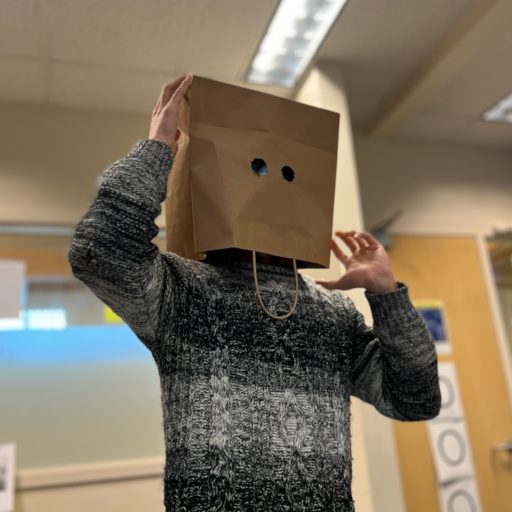Categories
I’ve previously posted about my favourite
ice cream shops
in Philadelphia, but there’s a ton of other great little shops to visit.
Here’s a few that I’ve really liked,
sorted into two categories: used bookstores and vintage/oddities.
I’ve excluded all food places, including
coffeeshops, roasteries, bakeries, dessert shops, grocers, markets, food trucks, and so on,
because there are just too many of them.
More …
This was originally
two
posts
on cohost.
More …
This was originally a multi-part post on cohost.
I wanted to inspect the structure of an animated GIF,
so I created a 1 px × 1 px monochrome animation that switches
from white to black every 1024 milliseconds in GNU IMP,
exported it as an animated GIF with disposal method “combine”,
and hexdumped it.
Here’s the GIF below, at the center of this 1rem box so you can see it.
More …
When I arrived in Philadelphia, I started a
Tweet thread of ice cream shops
that are or aren’t as good as Rain or Shine back in Vancouver,
which was the ice cream place I frequented most often since they have a location on the UBC campus.
(I don’t have a thread or a list for ice cream shops in Vancouver,
but you really can’t go wrong with Rain or Shine or with Earnest.)
Here I collect a list of the shops that are as good as Rain or Shine,
ordered from west to east.
Prices are for the smallest (non-kid’s) scoop in a cup, including 8% tax, excluding tip.
More …
Thulium, my personal server, turned four this year!
Its official birthday was a few months ago on 15 April.
A few more things have changed since I
last posted about it,
so I thought I’d update with what’s new.
More …
About a year ago I posted
about using in a Jekyll site for GitHub Pages.
This had been an unsatisfying solution to me, since GH Pages restricts Jekyll plugins to their
allowlist,
meaning that if I didn’t want to manually add precompiled HTML pages,
LaTeX rendering would have to be done client-side using JavaScript.
Furthermore, I found out that kramdown, the Markdown compiler that GH Pages uses,
has built-in support for KaTeX
without needing to explicitly include additional Liquid tags, but GH Pages, too, has
overridden configurations
needed to enable using KaTeX as well!
More …
For updates on the hunt for ⍼, see the new post.
Known as right angle with downwards zigzag arrow,
angle with down zig-zag arrow,
\rangledownzigzagarrow,
and ⍼,
no one knows what ⍼ is meant to represent or where it originated from.
Section 22.7 Technical Symbols
from the Unicode Standard on the
Miscellaneous Technical block
doesn’t say anything about it.
More …
The Unicode Standard has its fair share of mysterious and sometimes unexplained characters.
The story of the Farsi symbol
(U+262B ☫ farsi symbol) is one of the more well-known ones.
Many blocks, especially the “miscellaneous” blocks, have smatterings of rather arbitrary character sets
grouped together only by history.
One such block is Miscellaneous Technical, which contains completely unrelated groups of characters,
including keyboard symbols, APL symbols, electrotechnical symbols, UI symbols, drafting symbols,
and of particular interest in this blog post, dentistry notation symbols.
Here they are, all 15 of them:
The first two and last two are part of Palmer notation
for denoting human teeth by their position.
What are the rest for?
More …
More …
More …
While it’s rather difficult to accidentally prove an inconsistency in a well-meaning type theory that isn’t obviously inconsistent
(have you ever unintentionally proven that a type corresponding to an ordinal is strictly larger than itself? I didn’t think so),
it feels like it’s comparatively easy to add rather innocent features to your type theory that will suddenly make it inconsistent.
And there are so many of them!
And sometimes it’s the interaction among the features rather than the features themselves that produce inconsistencies.
More …




